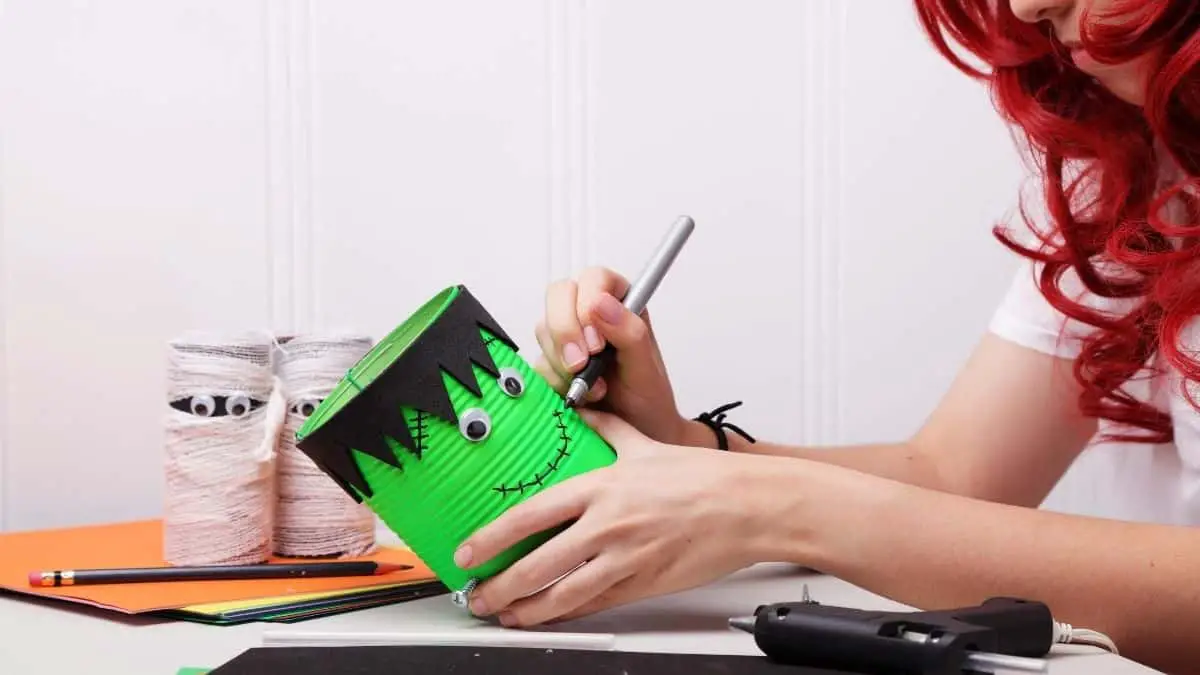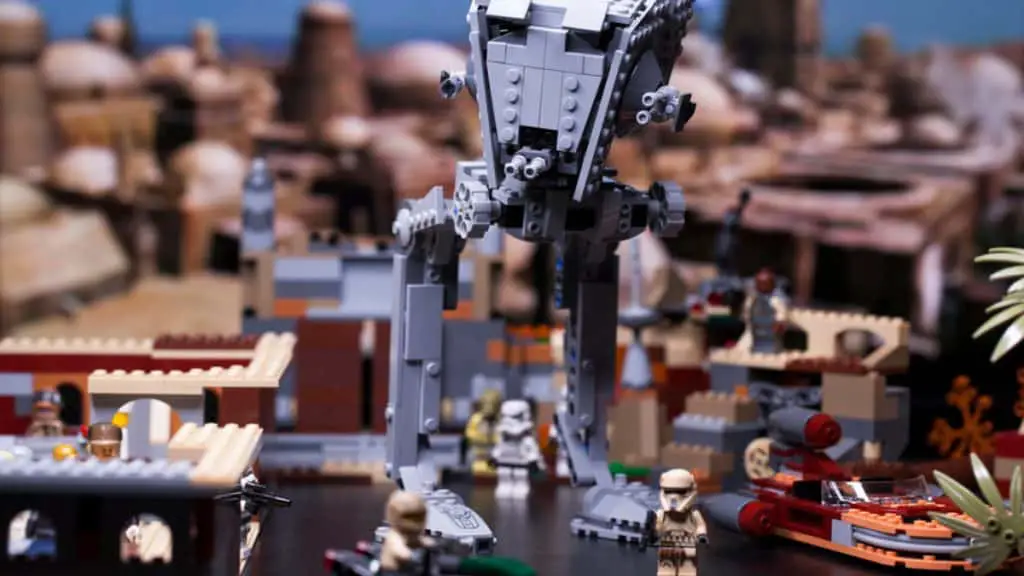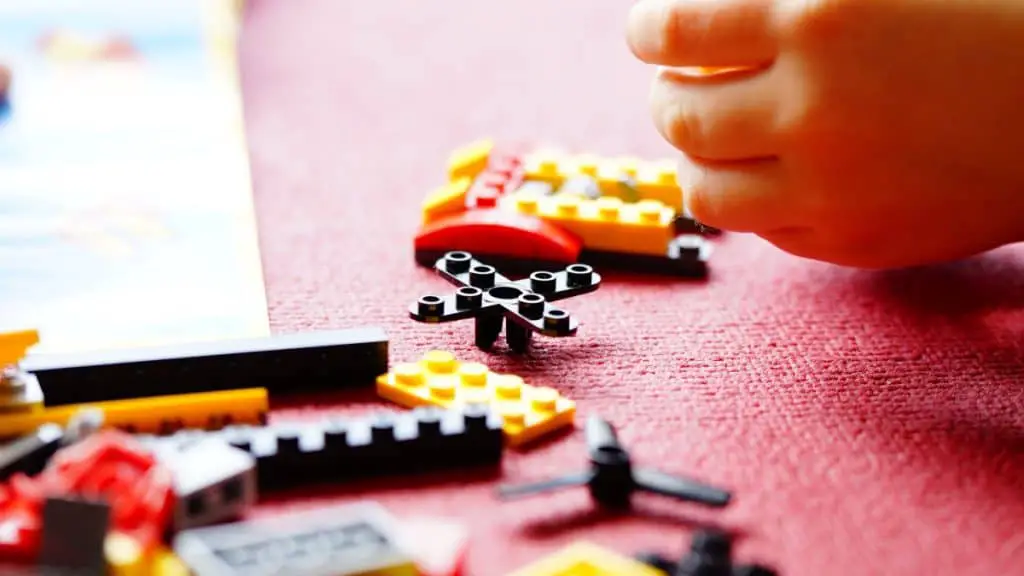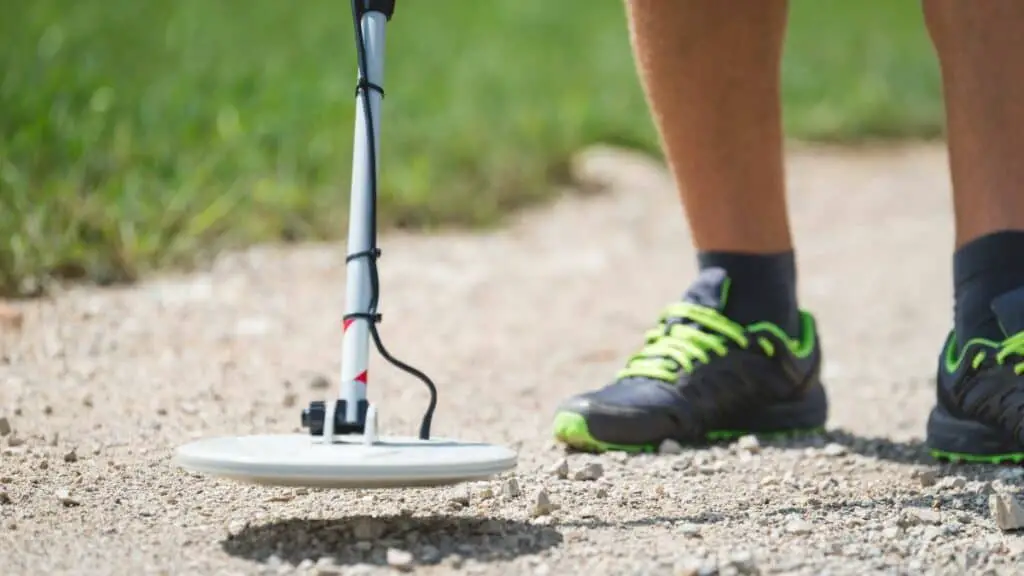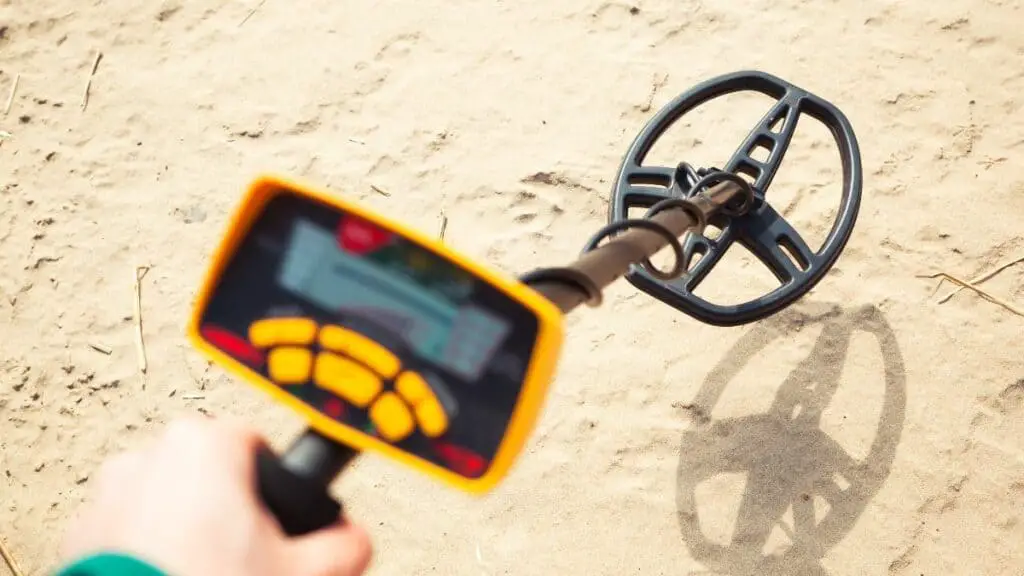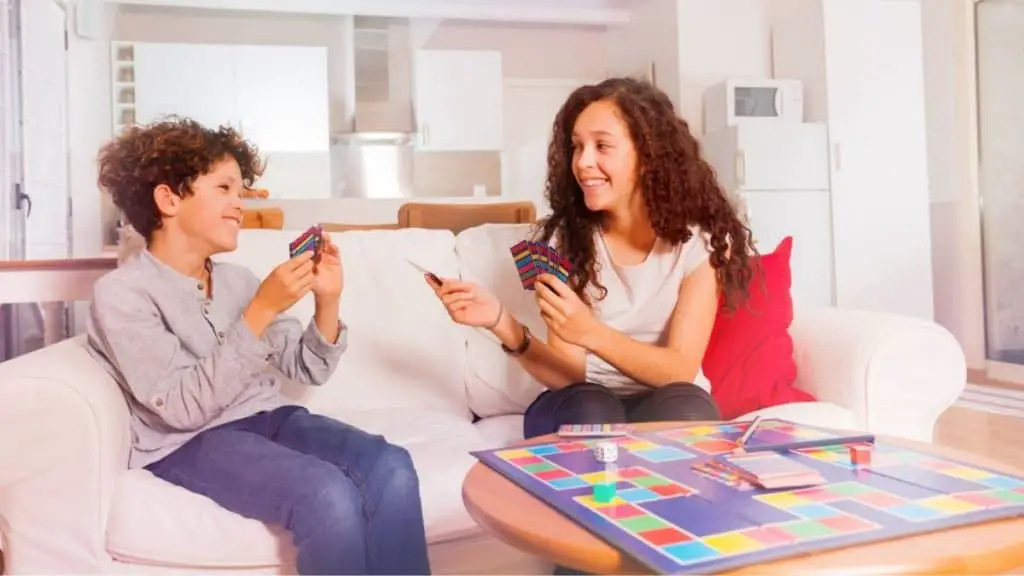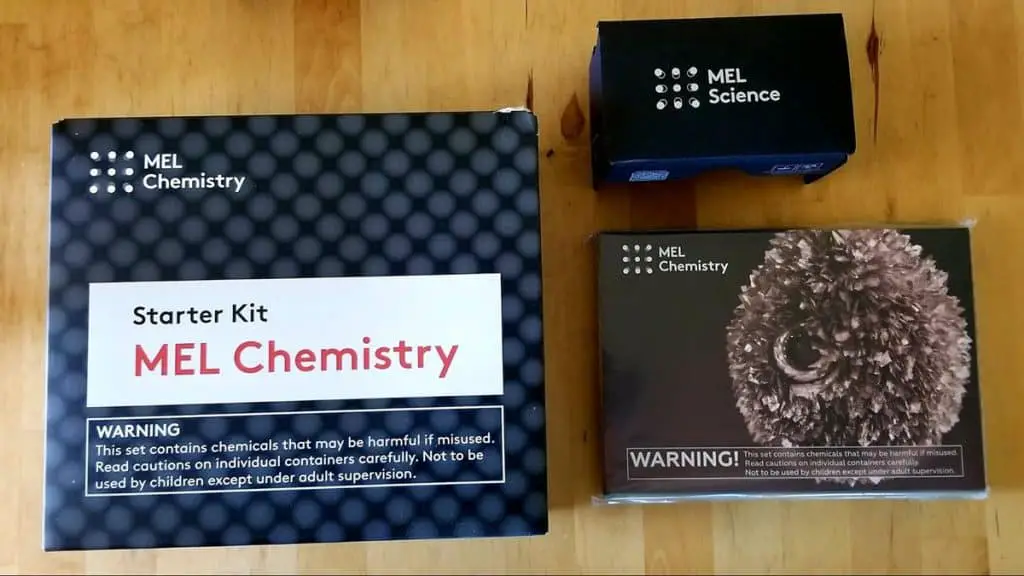5 Exciting STEM Projects Using Recycled Materials
Growing up, I constantly wanted to do new science projects. But at the time, I didn’t realize how expensive science and STEM kits could be! That’s when my mom started getting creative with the projects that we did. Instead of going to the store and buying brand new kits that would be good for a project or two, we started using materials around the house that otherwise would’ve ended up in the trash or recycling bins.
With more kids staying home now, it’s the perfect time to get creative with those toilet paper rolls and seeds you would normally just toss!
It can be hard to come up with recycled material science projects, so below, I’ve included 5 of my favorites, just for you.
Related post: STEM Projects for 4-Year-Olds – Exciting Projects for Preschoolers
STEM Projects Using Recycled Materials
1. Egg Drop Challenge
A popular kid-friendly experiment that many of us did during high school and early college physics and engineering classes. There’s no set list of materials you can use, which is what makes it so fun to get creative with! The goal is to create a container that protects an egg from a high drop — it could be from the top of your stairs, a porch or patio, or another unique location.
I think this project is particularly great because you and your kids or students can get creative with it. Create a parachute from recycled newspaper and string, create a base with recycled toilet paper rolls and sponges, the possibilities are almost endless! This activity is even better in groups where kids have to work together to problem-solve and protect their egg from cracking upon impact. You can find more detailed instructions and inspiration here.
2. Liquid Fireworks
We’ve all heard about the lava lamp in a bottle, but have you ever heard of liquid fireworks in a jar? This project follows many of the same general principles of the DIY lava lamps but is more fun and unique.
All you need is:
- Cleaned sauce glass jar
- Warm water
- Oil
- Food coloring.
Add 3 – 4 tablespoons of oil to a small dish and drop in various colors of food coloring throughout. Mix the oil and food coloring. Fill your jar approximately ¾ full of warm water and add your oil and food coloring mixture and voilà! You now have your very own and safe fireworks show right in your own home or classroom. For more detailed instructions and an explanation of the science behind this project, you can look here.
3. Recycled Garden
This one is my personal favorite. Your kids will get to learn about plant life cycles and depending on what you plant, you can end up with some delicious homegrown vegetables. I’ve used all kinds of recycled materials for the pots. For example, I’ve used old egg cartons, tin cans, sauce jars, and even empty tissue boxes. Take your base of choice, add in a small amount of gravel, pebbles, or marbles to the bottom and top with dirt. For the seeds, I typically get these from the fruits and veggies I’m already using in my home. A particularly easy one to start with is bell pepper seeds. Place your new garden in a sunny place and give it some water and watch the seeds grow!

You can even make your own fertilizer from food scraps that would otherwise be thrown away – such as eggshells, kitchen scraps, and coffee grounds from that very necessary cup, or 4, in the morning. I personally use coffee grounds for plants like tomatoes, which do best when their soil is slightly acidic.
If you want to go even bigger and have the space for it, you can use seeds from a pumpkin or watermelon and plant outside in the ground. I’ve found that it works best if the seeds have a chance to grow out a bit first in a damp paper towel and reused plastic bag that is left open for about a week. As an added bonus, this gives the kids an even better look at the early development stages of a plant.
4. Crystalized Words
We’ve all seen the crystal making kits in the craft stores, but did you know you can make your own and make it even more fun and create your own shapes, letters, and even words? What kid wouldn’t want their name decked out in crystals? Even I want my name crystallized.
This project requires:
- Pipe cleaners
- Recycled fishing line (just make sure it’s clean!)
- Old pencils or wood skewers
- Large sauce jar
- Food coloring
- Borax
You’ll use the pipe cleaners to form the shapes and hang them in the colored water-borax mix from the pencils or wooden skewers using the fishing line and let it sit overnight. In the morning, you’ll have your very own crystals!
For a full list of instructions and required materials, you can visit this webpage.
5. Planting Buddy
This project is another open-ended opportunity for you and your kids or students. The idea is to create a machine that aids in planting seeds. Much like the Egg Drop Challenge project, you can use any materials you have laying around that otherwise would’ve been tossed out. I like using old tissue boxes, cardboard boxes that I can cut up into various shapes, small plastic or paper cups, and used, but cleaned, straws in order to create my contraption. It isn’t motorized, unless you and your kid are especially handy and have small motors laying around, but I think it works even better hand-powered. For some inspiration, here’s a video to get you started:
If you’re really ambitious you can combine this project with the Recycled Garden project for even more recycled gardening and planting fun.
Frequently Asked Questions
Do I need all of the materials listed for each project?
This is the best part about these recyclable-based projects — you can use whatever you have laying around the house or classroom. The more obscure, the better!
How long will these projects take?
It depends on which one you decide to do. If it requires plants to grow, it will, of course, take longer than the other projects. However, most of these can be completed in a couple of hours.
What’s the best project for my kid or class?
It depends a lot on what your kids’ interests are. Some would rather build things with their hands and get their creative juices flowing, while others may be more interested in plant biology, and others still more interested in why oil doesn’t mix with water or how crystals can form on a pipe cleaner. All of these projects can be tailored to you and your kids’ interests.

